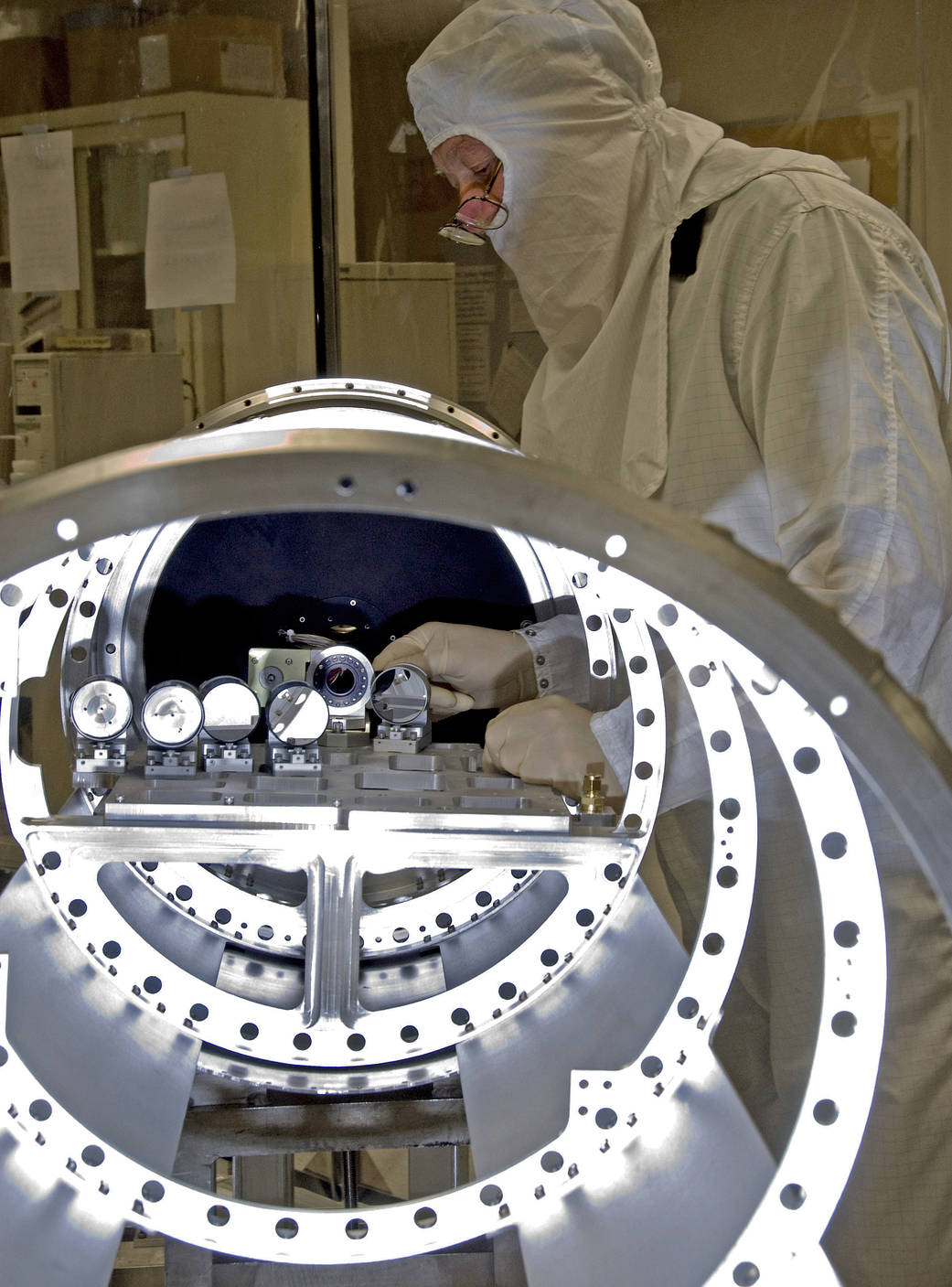
This week in 2010, the Solar Ultraviolet Magnetograph Investigation, or SUMI, was launched aboard a sounding rocket from White Sands Missile Range. The mission was designed to determine the strength and direction of magnetic fields in a region of the Sun where magnetic fields had never been measured. SUMI successfully targeted a sun spot in the transition region and took the first measurements of the solar magnetic field in the transition region, a turbulent layer of the Sun’s atmosphere that lies between its surface and outermost level. Solar flares that erupt in this region can blast toward Earth, shorting out ground circuits and impacting humanity’s ability to expand into space. SUMI was designed and developed at NASA’s Marshall Space Flight Center. Here, Marshall scientist Ed West assembles the optical system of the SUMI telescope. The NASA History Program is responsible for generating, disseminating, and preserving NASA’s remarkable history and providing a comprehensive understanding of the institutional, cultural, social, political, economic, technological, and scientific aspects of NASA’s activities in aeronautics and space. For more pictures like this one and to connect to NASA’s history, visit the Marshall History Program’s webpage. (NASA)

























